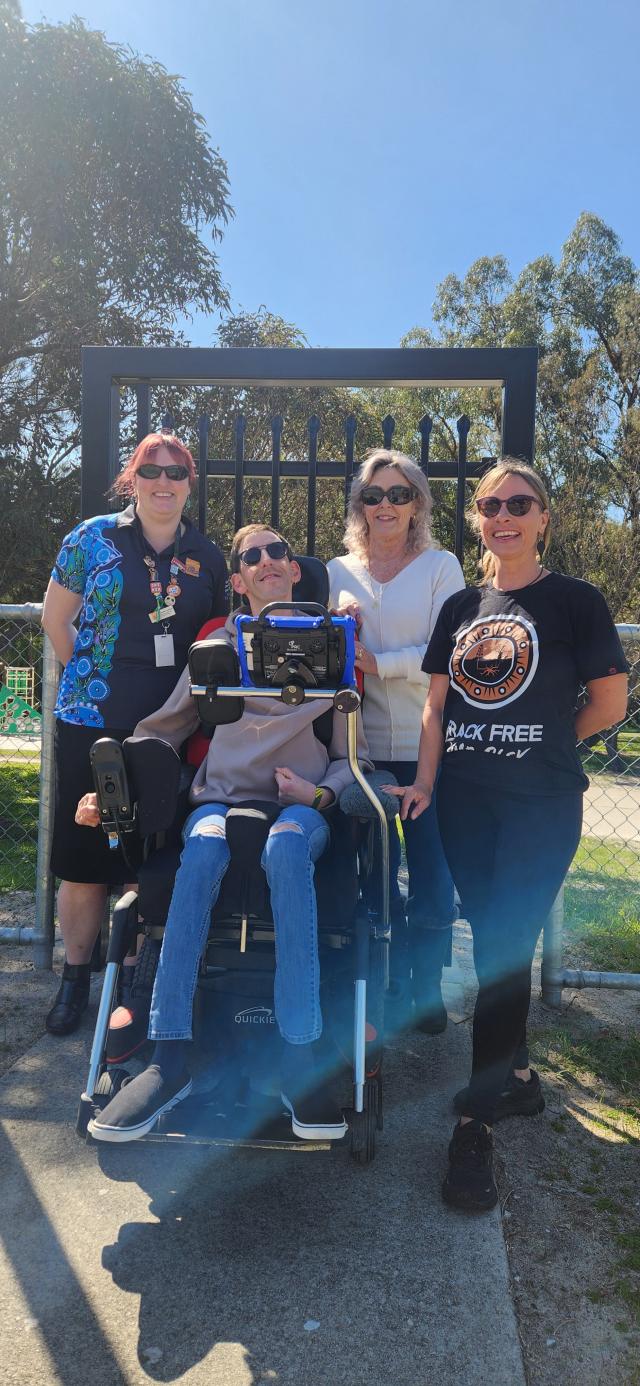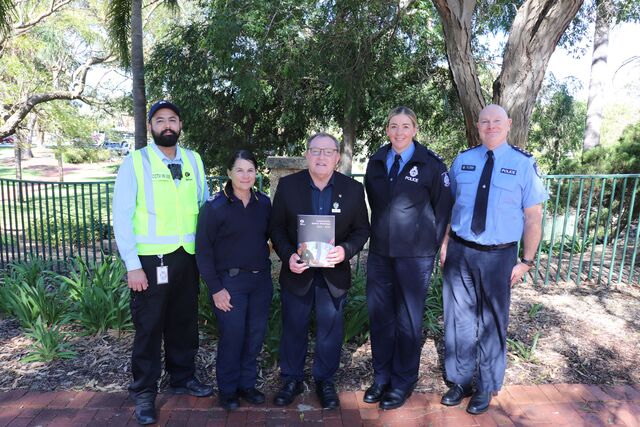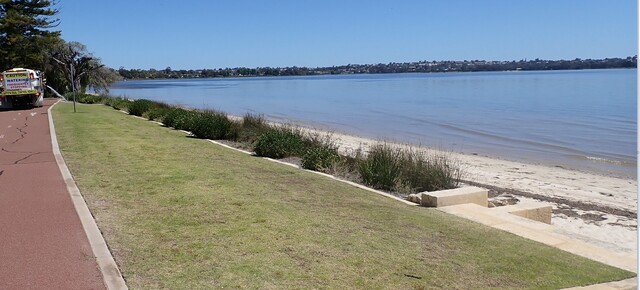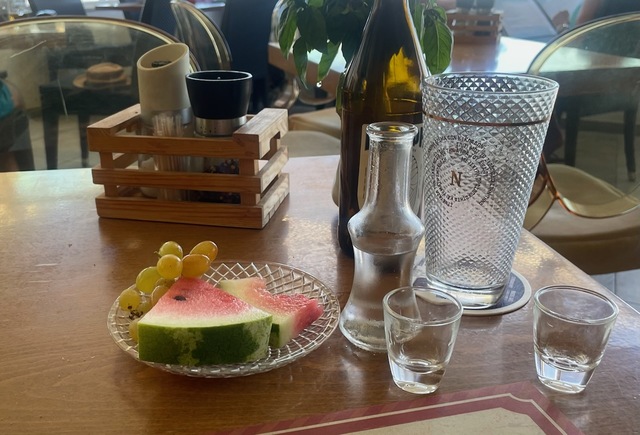World Wetlands Day is commemorated annually to acknowledge the vital role wetlands play in supporting diversity and managing water quality around the world.
World Wetlands Day is celebrated each year on the anniversary of the adoption of the International Convention of Wetlands on the 2nd February 1971 in the Iranian city of Ramsar.
The City of Greater Geelong’s Environment and Sustainability portfolio holder, Councillor Andy Richards, said the wetlands in the municipality comprised one of the most important waterbird habitats in Australia.
“The diversity of birdlife in our wetlands rivals Australia’s famous Kakadu region,” said Cr Richards.
“Some of our local wetlands are of international significance and are listed for protection under the Ramsar Convention.
“In addition to serving as habitat, wetlands do much to improve water quality by trapping sediment and utilising and storing nutrients,” said Cr Richards.
Wetlands throughout Australia continued to face major threats from pressures such as urban development, competition for water, weed invasion and pollution through stormwater run-off.
“Greater Geelong is fortunate to have many passionate individuals and groups who support Council’s efforts to protect local wetlands, such as the Geelong Field Naturalists Club former president Trevor Pescott,” said Cr Richards.
“Trevor was instrumental in establishing what we now know as Jerringot Wetlands back in 1972, negotiating with the Cities of Geelong, Newtown and South Barwon to reserve the area as a wetlands,” he said.
Over 120 species of birds visit or live at Jerringot Wetlands throughout the year, including the internationally significant Latham’s Snipe, which flies 20,000km to south eastern Australia from Japan, arriving in early spring and staying until late summer.
Ten of the waterbirds recorded in the Jerringot Wetlands are internationally significant and there are 12 species of plants that are considered regionally significant, including the rare Common Nardoo and Water Plantain.
Jerringot is also home to a range of frog species, including the endangered Growling Grass Frog, the Australian Mudfish (found in only six places in Victoria), the Common Glaxias, Spotted Galaxias and the Shortfinned Eel.








